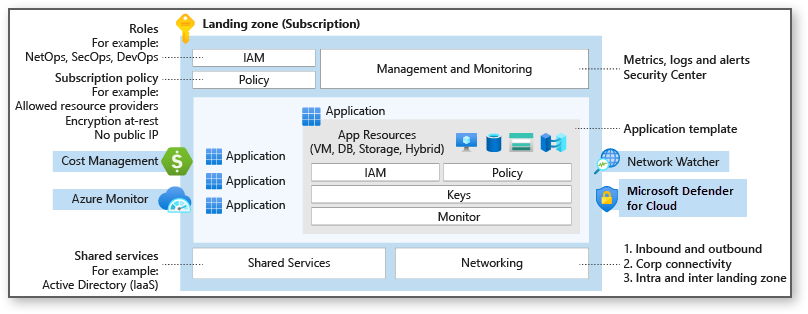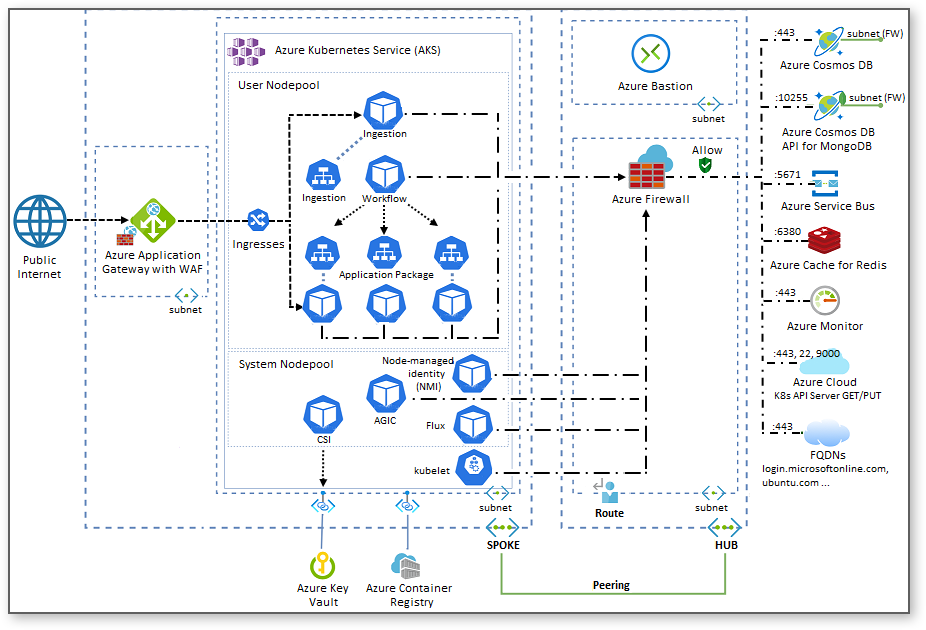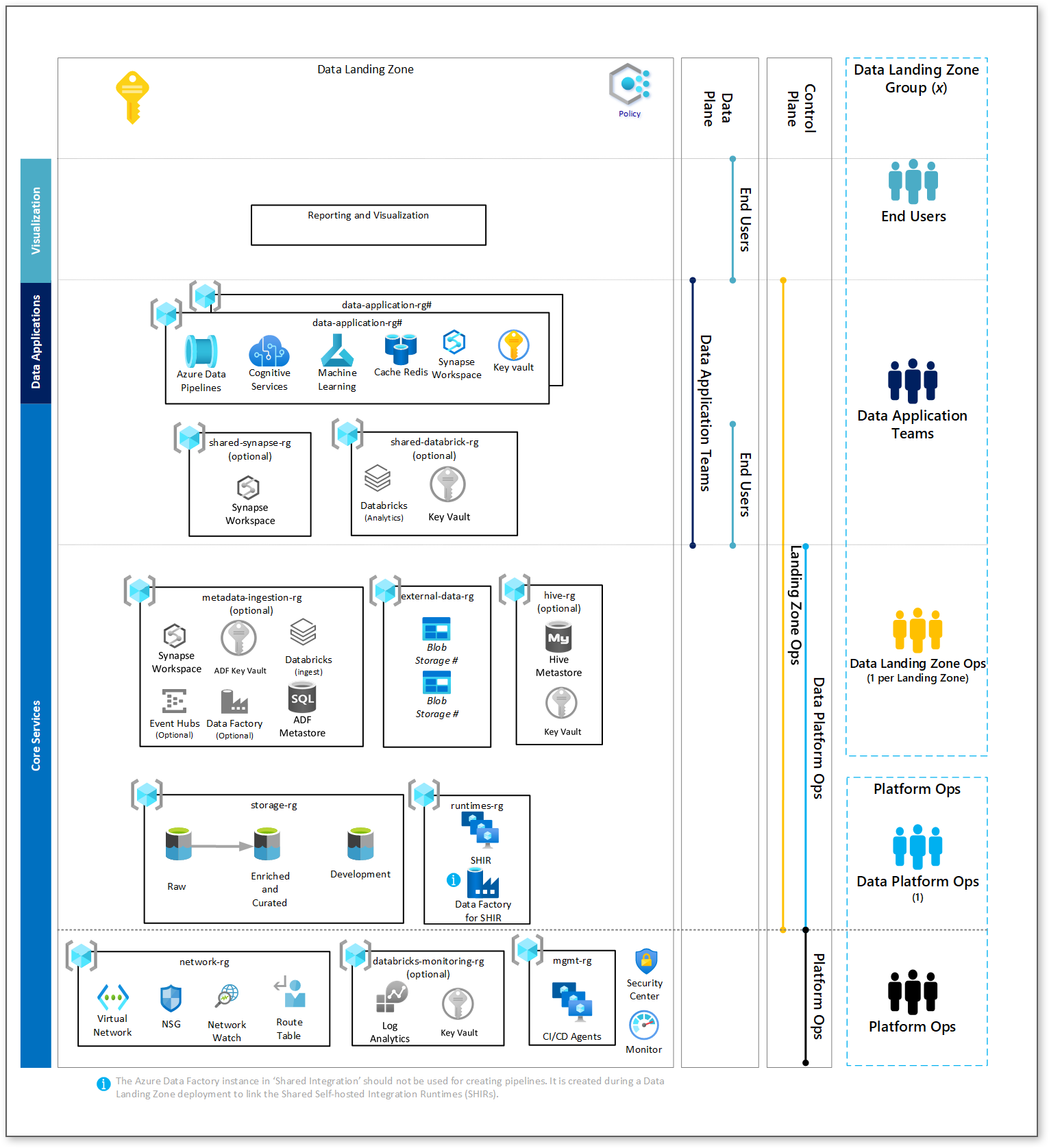Hello, @Ian Santillan !
What is the difference between Microsoft Cloud Adoption Framework for Azure and Cloud-scale analytics?
The documentation for these subjects is not light reading as it covers a variety of more complex architecture scenarios for cloud solutions depending on business needs but I'll do my best to keep this succinct.
The short answer is that Microsoft Cloud Adoption Framework is the best practices, guidance, and resources for moving your company to the cloud and enterprise-scale is a landing zone design or rather an architecture of services that you'll need to complete the migration. Cloud-scale analytics builds on top of landing zones and is one of several scenarios described in Microsoft Cloud Adoption Framework which has a unique focus on data management (analytics).
This means that cloud-scale analytics is one part of the Microsoft Cloud Adoption Framework. Your Microsoft Cloud Adoption Framework enterprise-scale landing zone could include cloud-scale analytics, but doesn't have to.
Overlap and relationship between the two in more detail
Microsoft Cloud Adoption Framework for Azure is a set of best practices, workload and reference architecture, high-level diagrams, templates, and technical requirements for a variety of scenarios that businesses can leverage as they transition to the cloud. There are 7 scenarios listed for the Microsoft Cloud Adoption Framework, 1 of which is Cloud-scale analytics.
Compared to the other scenarios like modern application platform which targets Kubernetes and container integration and virtual desktops which integrates Azure Virtual Desktop (AVD) into your organization, cloud-scale analytics focuses on making your complex business data easily discoverable, accurate, trusted, and protected.
Enterprise-scale landing zones is the part of the Microsoft Cloud Adoption Framework guidance that describes how to prepare for an enterprise migration to the cloud. There are many moving parts and several services involved in enterprise solutions so landing zones makes sure that you have the components you'll need in place (authentication, identity, network topology, deployment options, disaster recovery, etc.). Since business needs differ, so will the landing zone architecture.
The cloud-scale analytics documentation makes the following comparison between the two:
Cloud-scale analytics builds on top of the Microsoft Cloud Adoption Framework, while applying the Microsoft Azure Well-Architected Framework lens.
Microsoft Cloud Adoption Framework provides prescriptive guidance and best practices on cloud operating models, reference architecture, and platform templates. It's based on real-world learnings from some of our most challenging, sophisticated, and complex environments.
Cloud-scale analytics paves the way for customers to build and operationalize landing zones to host and run analytics workloads. You build the landing zones on the foundations of security, governance, and compliance. They're scalable and modular, while supporting autonomy and innovation.
Visualizations of architecture
Sometimes it helps to look at architecture to better understand what components are involved. Below is an example of a base landing zone, as well as architecture for a modern application platform and cloud-scale analytics.

Modern application platform example (AKS Baseline for microservices

Cloud-scale analytics example (data landing zone)

Additional Resources:
- Microsoft Cloud Adoption Framework for Azure documentation
- Microsoft Cloud Adoption Framework for Azure product page
- Microsoft Cloud Adoption Framework for Azure list of scenarios (including cloud-scale analytics)
- Microsoft Cloud Adoption Framework for Azure enterprise-scale landing zones
- Azure Landing Zone Q&A (30m video)
- Cloud-scale analytics documentation
- Cloud-scale analytics product page
